Honey Festival in Khansar: A Honey Lover’s Dream Destination
Honey festival in Khansar celebrates not just the golden nectar, but the centuries-old traditions of beekeeping woven into the town’s culture.
When we think of honey, one of the sweetest spots that come to mind in Iran is Khansar. Nestled in the beautiful Isfahan province, Khansar boasts a rich beekeeping tradition, thanks to its diverse flora and unique climate that contribute to the production of some of the highest quality honey in the country.
With the arrival of spring, when rare fritillaria flowers bloom, it’s no wonder that Khansar hosts its annual Honey Festival, celebrating the sweetness of life through this golden nectar. In this blog, we’ll dive into the enchanting landscapes of Khansar, and the festivities surrounding the Honey Festival in Khansar. Let’s get started!
The Honey Festival in Khansar

Every year, Khansar comes alive with its Honey Festival, which typically takes place in mid-May and lasts for about a week. This lively event is a celebration of all things honey, attracting visitors from far and wide. The festival features a variety of convivial events, including workshops, live performances, and entertaining activities that create a vibrant atmosphere.
One of the festival's highlights is the array of merchandising booths where local producers showcase and sell their honey, along with other delightful orchard products and unique handicrafts. This is a fantastic opportunity for visitors to taste and purchase various types of honey, each reflecting the unique flora of the region.
Interestingly, each Honey Festival may feature a different central event. For example, one year, a photography competition centered around honey and honey bees captured the attention of participants and visitors alike, showcasing the artistic and scientific aspects of beekeeping.
The Sweet Delights of Khansar
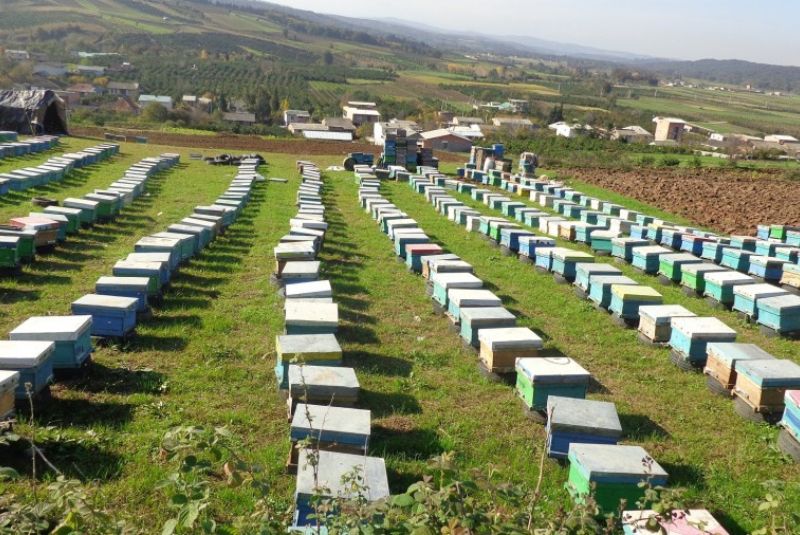
When you visit Khansar, it’s almost a given that you’ll leave with some khansar honey to take home. The honey here is known for its rich flavor and exceptional quality, thanks to the local beekeepers who are passionate about their craft.
Additionally, you can find a wide range of local products, including walnuts, plums, apples, apricots, almonds, and grapes, which are available during their respective seasons. Dried fruits and nuts are also plentiful and can be found year-round.
Aside from its delectable edible offerings, Khansar is also known for its unique handwoven nomad rugs, called Saruq. These beautiful rugs are distinctive because they do not follow a set pattern; instead, the weaver creates them based on inspiration and imagination, resulting in one-of-a-kind pieces that reflect the rich cultural heritage of the area.
Role of Honey in Persian Culture
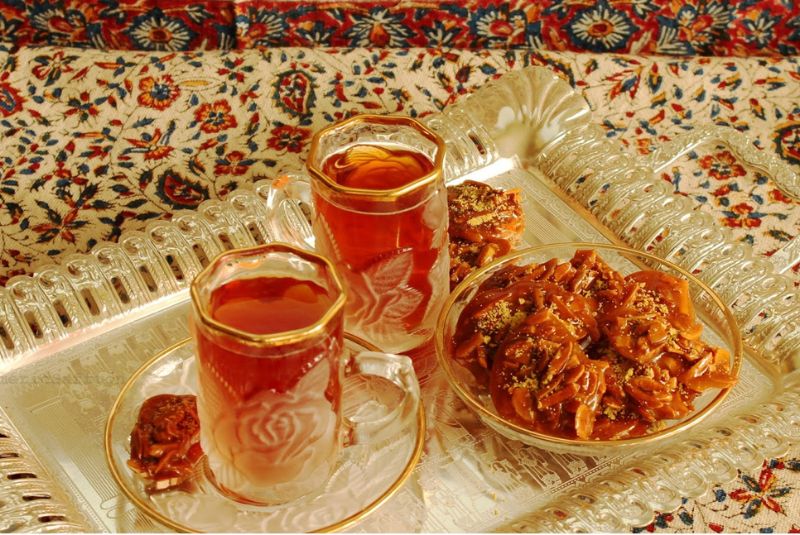
Honey in Persian culture is much more than just a sweet treat; it holds a significant place in traditional medicine and gastronomy. The diversity of wildflowers in Khansar contributes to producing some of the highest quality honey in Iran.
As you stroll through the main street, you’ll come across numerous shops where you can purchase not only honey but also other delicious local products like khoshkbar (dried fruits and nuts).
The region is also famous for producing Gaz-Angabin, a type of manna used in the traditional confection known as Gaz, which is a popular candy souvenir from Isfahan and Charmahal Bakhtiari. Notably, Khansar is renowned for its excellent quality Gaz, making it a haven for sweet enthusiasts.
Historically, honey has played an essential role in Persian traditional medicine. Avicenna, the renowned Persian scientist and physician from the 11th century, extolled honey's virtues in his influential work, “The Canon of Medicine.” He praised honey for its healing properties, advocating its use for various ailments, including wound healing. The significance of honey in traditional healing practices continues to resonate in contemporary Persian medicine.
About Khansar
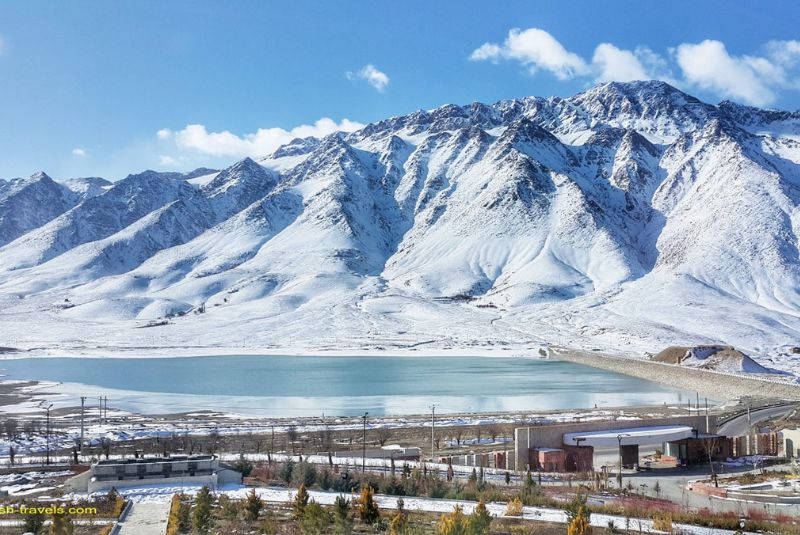
Khansar is not just any city; it is often referred to as a garden-city due to its lush greenery and picturesque landscapes. This charming city is located about 150 kilometers northwest of Isfahan and stands at an altitude of 2,250 meters above sea level. As you wander through its main streets, you’ll find yourself enveloped in the shade of tall plane trees.
One of the most delightful experiences in Khansar is exploring the narrow alleys known as Koocheh-bagh, which meander through fragrant fruit orchards. These pathways come alive in spring, especially in May, when the fritillaria tulips bloom majestically in Golestan Kuh, a nearby mountain. The vibrant colors of the flowers create a stunning backdrop, making this time of year particularly magical.
Khansar is also renowned for its seven-colored autumn, where the fall foliage transforms the landscape into a vivid canvas of reds, oranges, and yellows. This picturesque scenery attracts domestic tourists who come to experience the enchanting beauty of Khansar throughout the year.
History of Khansar
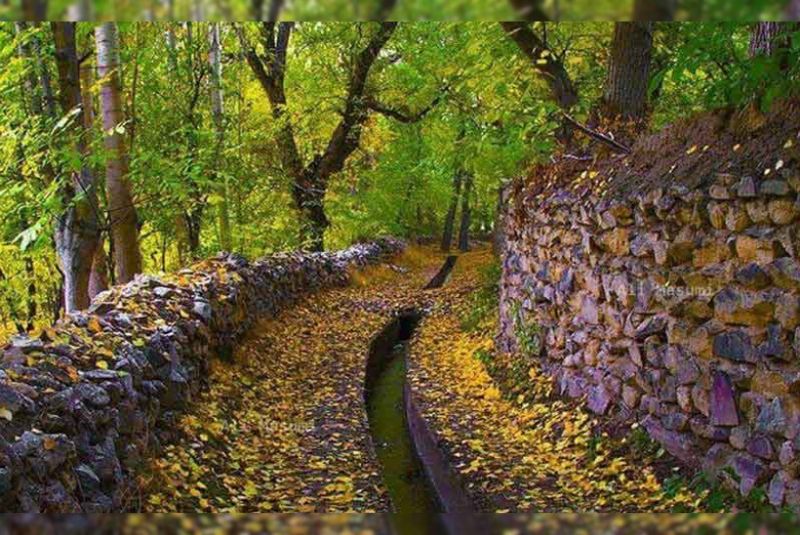
The history of Khansar is as fascinating as its landscapes. The city's name is derived from two Persian words: “Khan,” meaning spring or fountain, and “Sar,” indicating abundance. This nomenclature reflects the city’s many splendid springs and lush, verdant nature. Khansar's altitude and favorable climate make it an inviting destination for travelers.
The history of this ancient city dates back to the era of Cyrus the Great and is intertwined with the migration of a group of Jews who settled in an area called Jidah. Archaeological findings suggest that Khansar has a rich past, with evidence of Zoroastrian fire temples and historical inscriptions found in nearby areas, indicating the city's importance even before the advent of Islam.
Throughout its history, Khansar has been influenced by various dynasties, including the Umayyads, Abbasids, and Safavids. In the Safavid era, Khansar emerged as a significant cultural and industrial hub, with thriving arts and crafts. The city’s artisans gained recognition for their exquisite handicrafts, and this tradition continues to flourish today.
Khansar Local Cuisine

No visit to Khansar would be complete without indulging in its local cuisine, which boasts a variety of flavors and dishes that reflect the region’s agricultural bounty. Traditional meals often incorporate honey as a key ingredient, adding a touch of sweetness to savory dishes.
One popular dish is Haleem, a thick porridge made with grains and legumes, often sweetened with honey for an extra flavor boost. Another delightful treat is Baklava, a rich pastry made of layers of filo dough, filled with nuts, and drizzled with honey, making it a perfect dessert to satisfy your sweet tooth.
What to Expect at The Honey Festival in Khansar
If you decide to attend the Honey Festival in Khansar, prepare yourself for a unique experience that blends culture, tradition, and community spirit. Here’s what you can expect:
1. A Warm Welcome
As you arrive at the festival, you’ll be greeted by the friendly locals who are eager to share their passion for honey and the culture surrounding it. The atmosphere is lively, filled with laughter, music, and the tantalizing aroma of honey-infused delicacies.
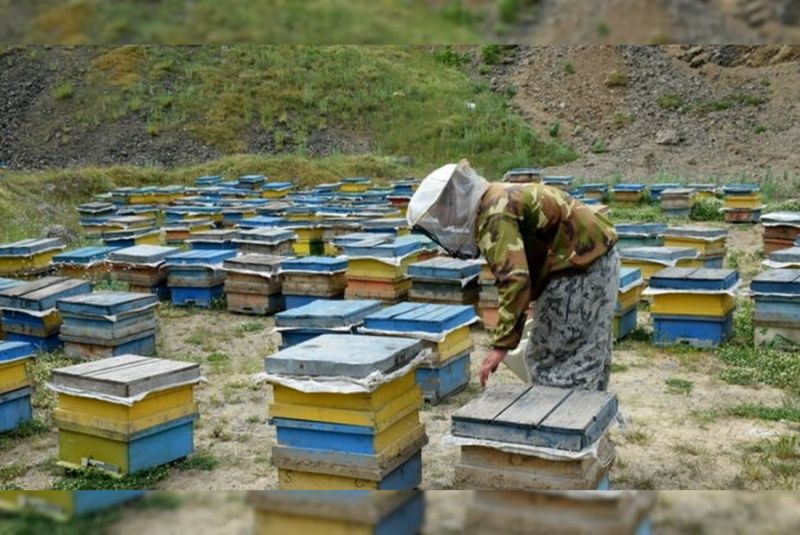
2. Tasting Honey
At the festival, you’ll have the opportunity to taste different varieties of khansar honey produced. Each type has its own distinct flavor profile, influenced by the various flowers from which the bees gather nectar. Don’t be surprised if you find your favorites!
3. Workshops and Demonstrations
Participate in workshops that teach you about the art of beekeeping, honey extraction, and the health benefits of honey. These hands-on experiences offer valuable insights into the craft and dedication behind honey production.
4. Cultural Performances
Enjoy cultural performances, including traditional music and dance, that showcase the rich heritage of Khansar. These performances provide an engaging way to learn about the local customs and traditions.
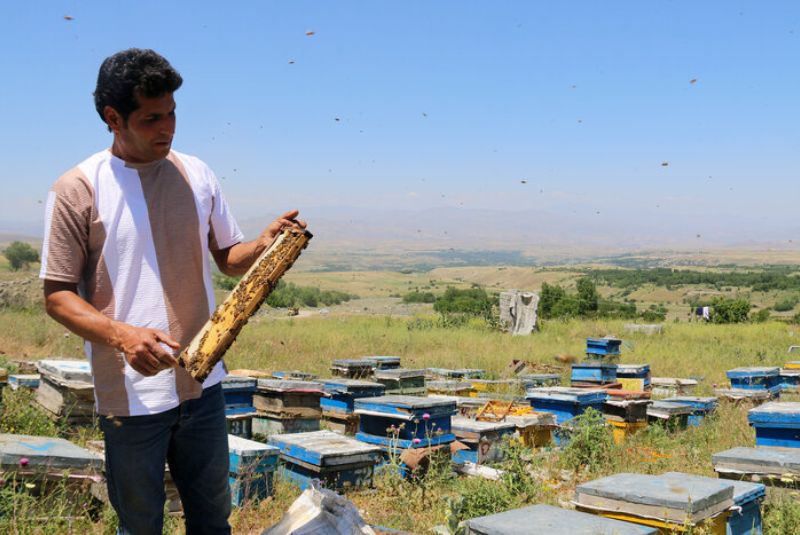
5. Shopping for Local Products
Take advantage of the numerous booths set up by local artisans selling handmade crafts, dried fruits, nuts, and, of course, honey. Supporting local businesses during the festival is a wonderful way to contribute to the community.
6. Captivating Photography Opportunities
With the stunning backdrop of Khansar’s natural beauty and the vibrant festival atmosphere, don’t forget to capture the moment. Whether you’re photographing the breathtaking landscapes or the joyful faces of festival-goers, you’ll leave with lasting memories.
Bottom Line
The Honey Festival in Khansar is not just an event; it’s a celebration of nature, community, and culture. It offers a unique glimpse into the traditions that define this enchanting city and its people. Whether you’re a honey enthusiast, a lover of nature, or someone seeking new experiences, this festival promises to be a memorable journey filled with sweetness and joy.
Share your story!
Comment below and let us know about your Experience.
Your story inspires others!


Comment
Leave a Comment